Top speed 174 km/h Length 16 m Retired 1941 | Wingspan 27 m Introduced 1924 First flight 1922 | |
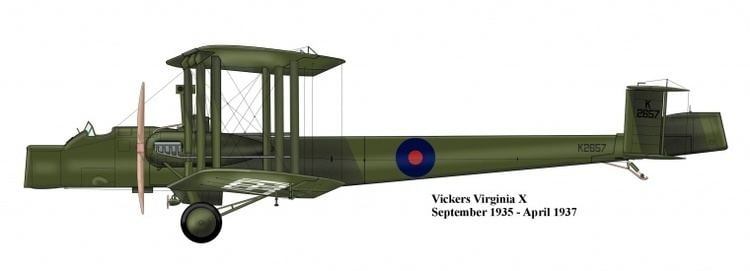 | ||
Vickers virginia bomber catapult launch 1931
The Vickers Virginia was a biplane heavy bomber of the British Royal Air Force, developed from the Vickers Vimy.
Contents
- Vickers virginia bomber catapult launch 1931
- Vickers virginia flight ops 1935
- Design and development
- Operational history
- Variants
- Operators
- Video
- Specifications Virginia X
- References
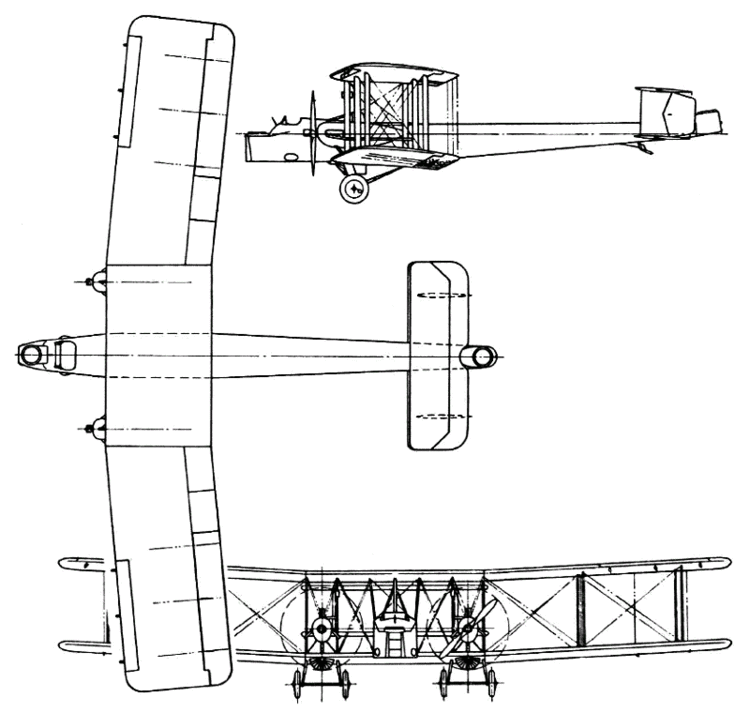
Vickers virginia flight ops 1935
Design and development
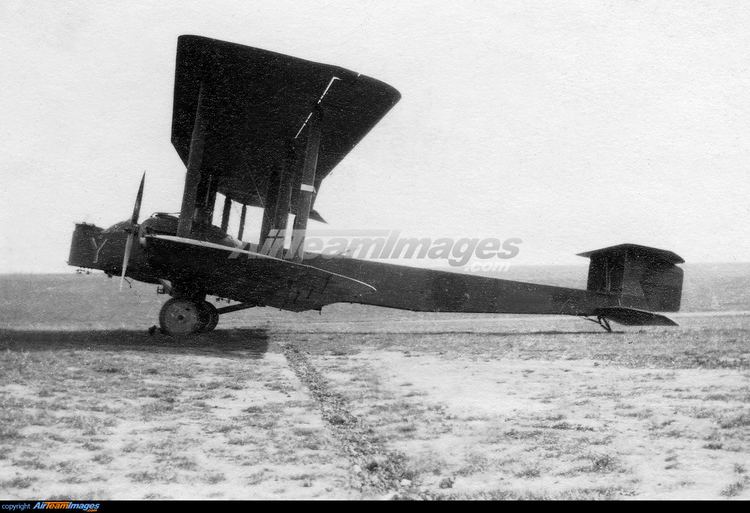
Work on the Virginia was started in 1920, with the aim of developing a replacement for the Vimy. Two prototypes were ordered on 13 January 1921 and another two prototypes were ordered in September 1922. The Virginia was similar to the Vimy, but notably had a lowered front gunner's pulpit to allow the pilot a greater field of view, 20 ft (6 m) greater wingspan, and a 9 ft (3 m) longer fuselage. The Virginia was powered by twin Napier Lion engines. The Virginia flew for the first time on 24 November 1922.
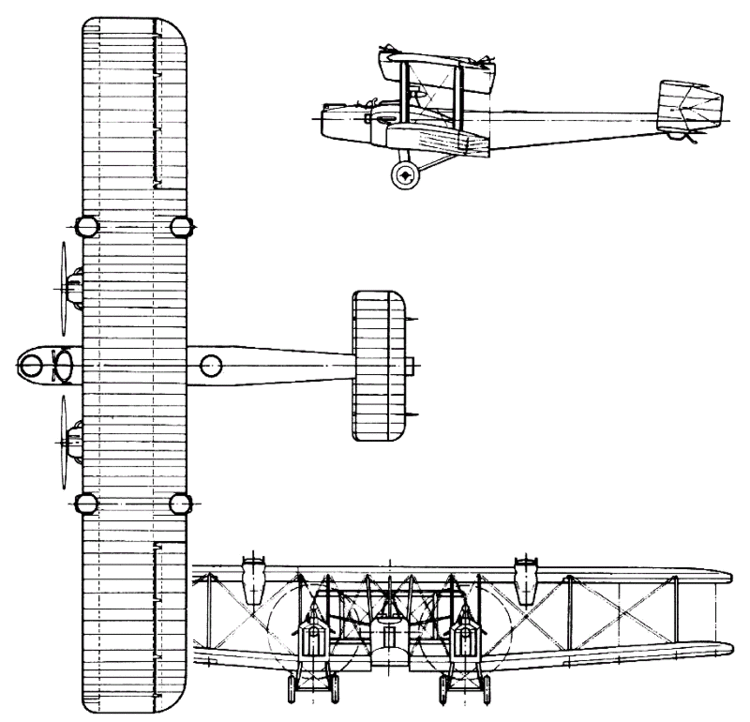
At the Aircraft Experimental Establishment at RAF Martlesham Heath, the Virginia prototype underwent type trials. One of the first modifications was to replace the original two-bladed propellers with four-bladed propellers. An unusual set of "fighting top" turrets were added to the top wings, but these were later deleted from production aircraft.
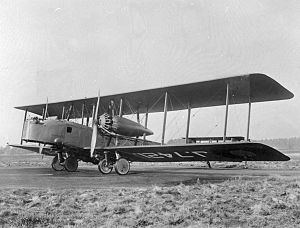
The Marks I–VI had straight wings, whereas the Mark VII introduced swept outer wings. Starting with the Mark III the Virginia mounted a rear fuselage gunner, who was moved into a tail turret in the Mark VII.
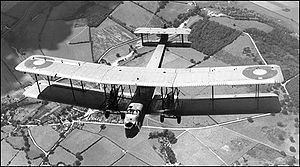
The Mark X was introduced in late 1924 and featured a duralumin and steel structure covered in fabric, aluminium, and wood.
A total of 124 Virginias were built, of which 50 were Mark X variants.
Operational history
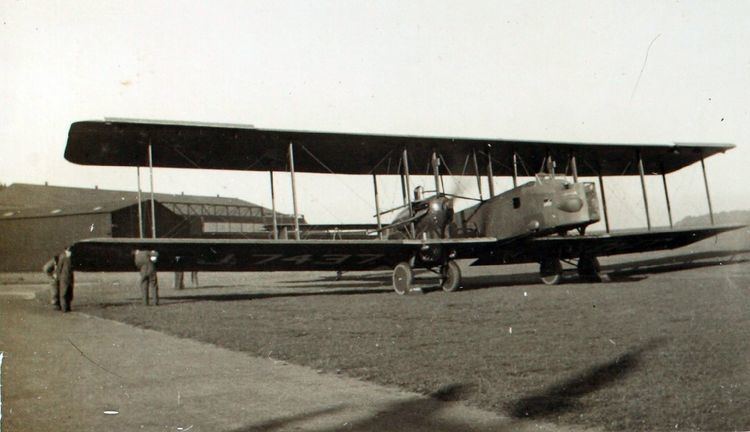
The first squadron of Mark I Virginias was assembled in 1924. Despite mediocre performance, the aircraft served frontline units until 1938, when it was replaced by the newer Wellingtons, Hampdens and Whitleys. Newer designs such as the Fairey Hendon and Handley Page Heyford supplemented rather than replaced the Virginia.
The final almost all-metal Virginia Mark X was the most numerous RAF bomber until the ascendance of the Heyford in 1934. After its technical obsolescence as a bomber it was used for photography and for parachute training, with jump platforms installed behind the engine nacelles. On 26 June 1940, a committee discussing the need for airborne cannon for use against invading tanks suggested equipping Virginias with the equally antiquated 37 mm (1.46 in) Coventry Ordnance Works gun. This was not acted on.
In the 1930s, the Virginias were used in some of the first tests of midair refuelling, although they were never used in this role outside of tests.
The Virginia was developed in parallel with the Vickers Victoria freighter, and the two aircraft had much in common, notably sharing the same wing design.
The Virginias were highly accident prone, with 81 lost in this manner. Despite their obsolescence, Virginias continued to soldier on in support roles with the Parachute Test Flight at Henlow until December 1941.
Variants
Operators
Video
Specifications (Virginia X)
Data from The British Bomber since 1914
General characteristics
Performance
Armament
